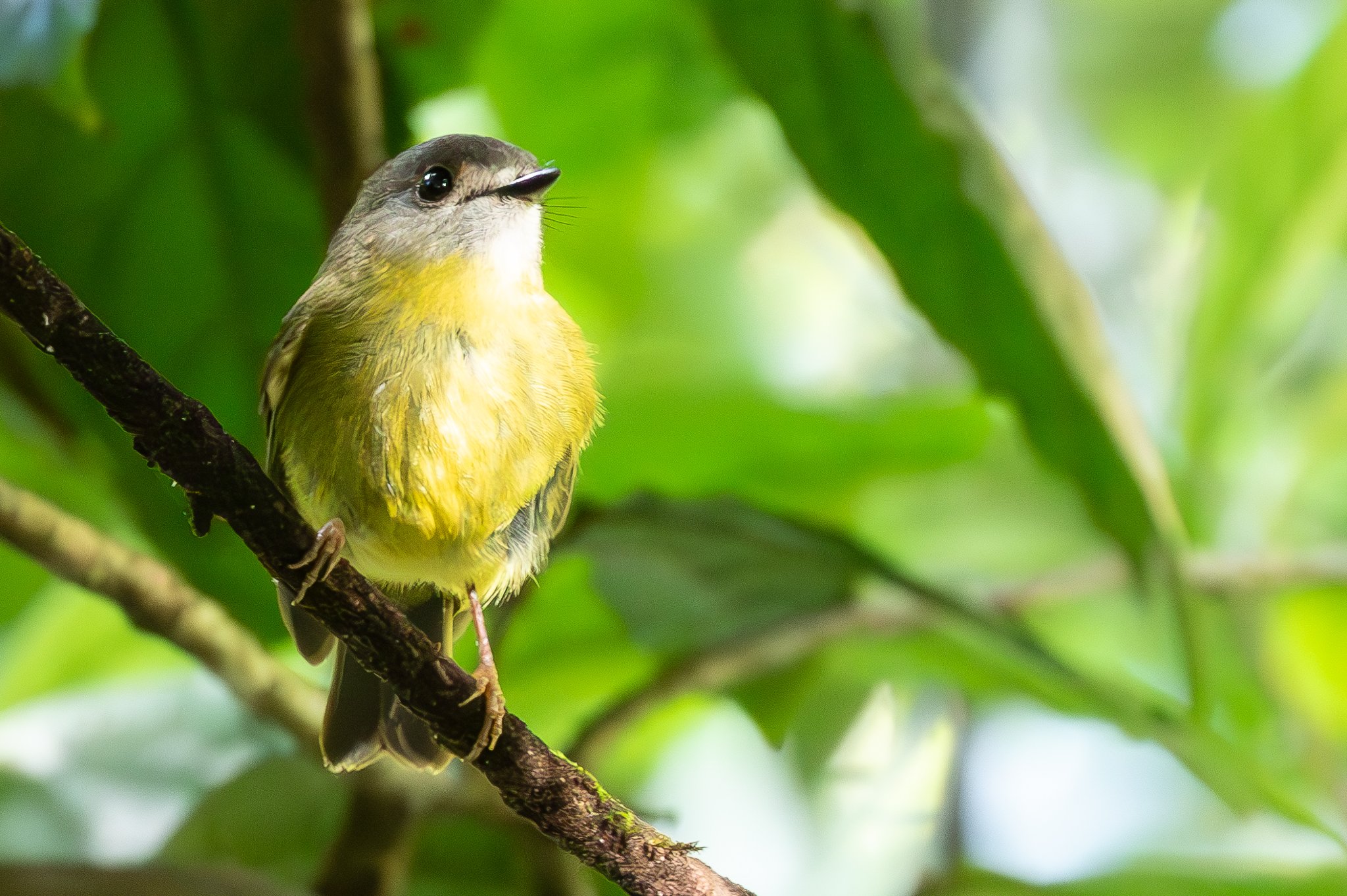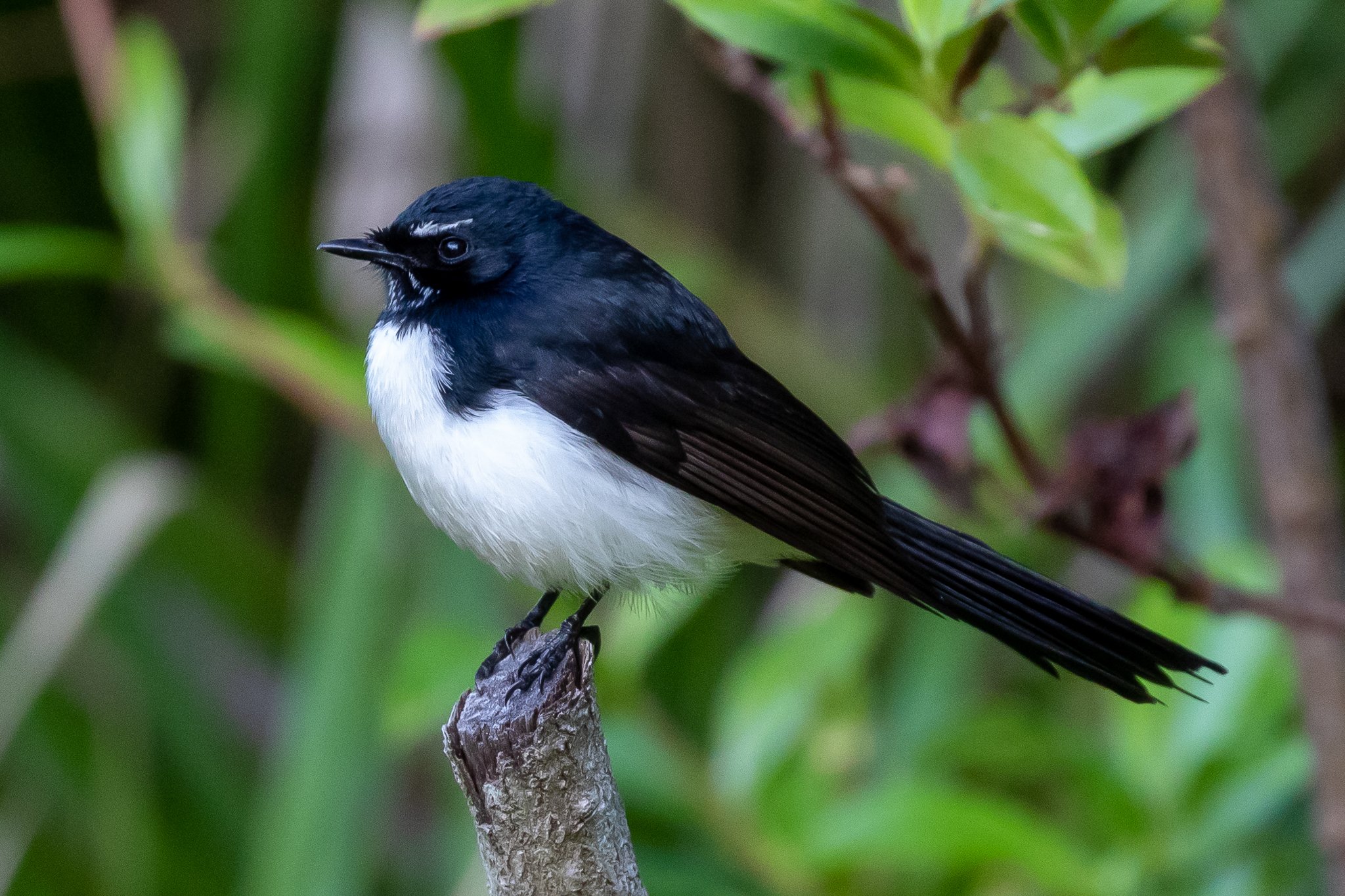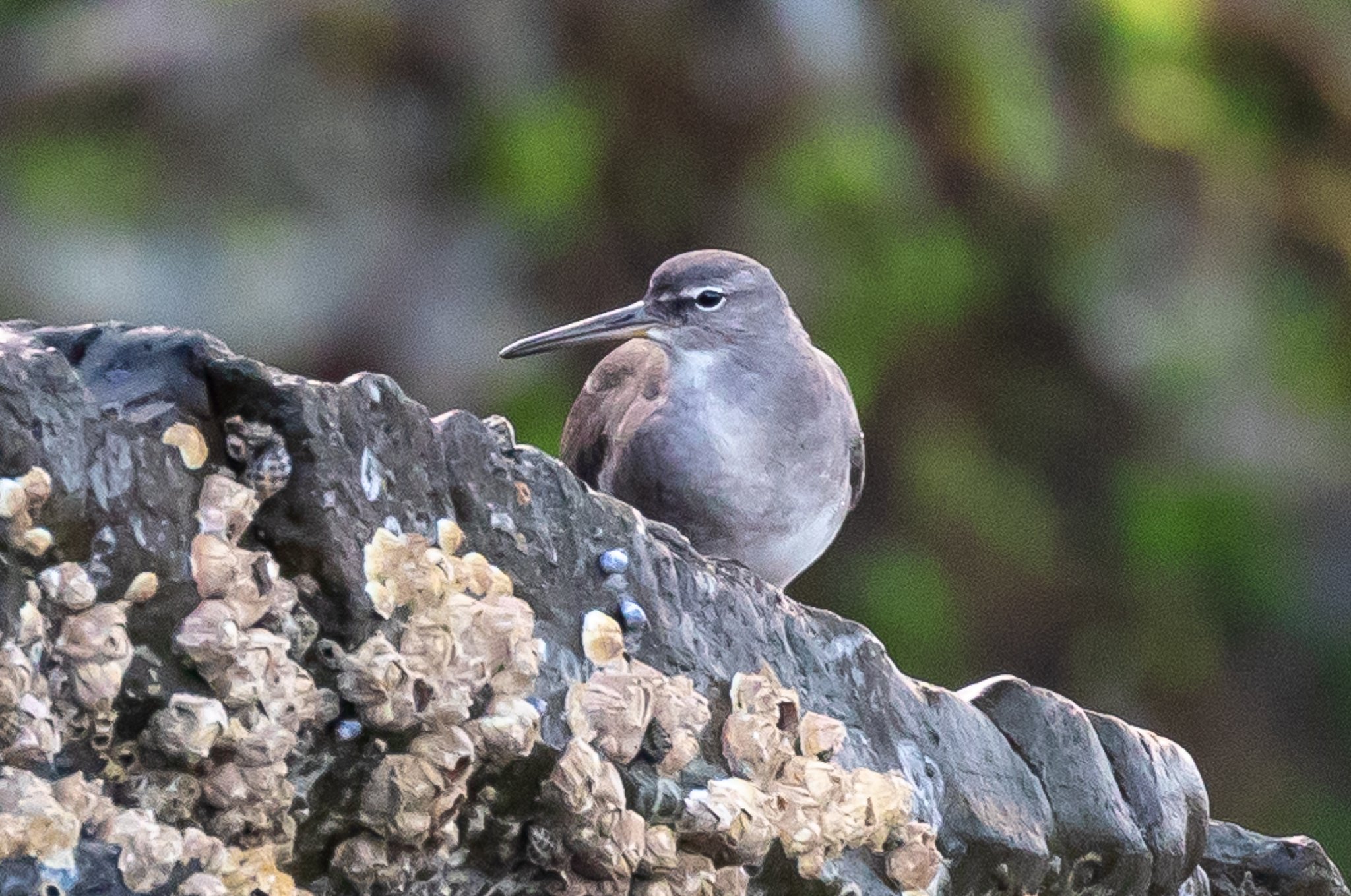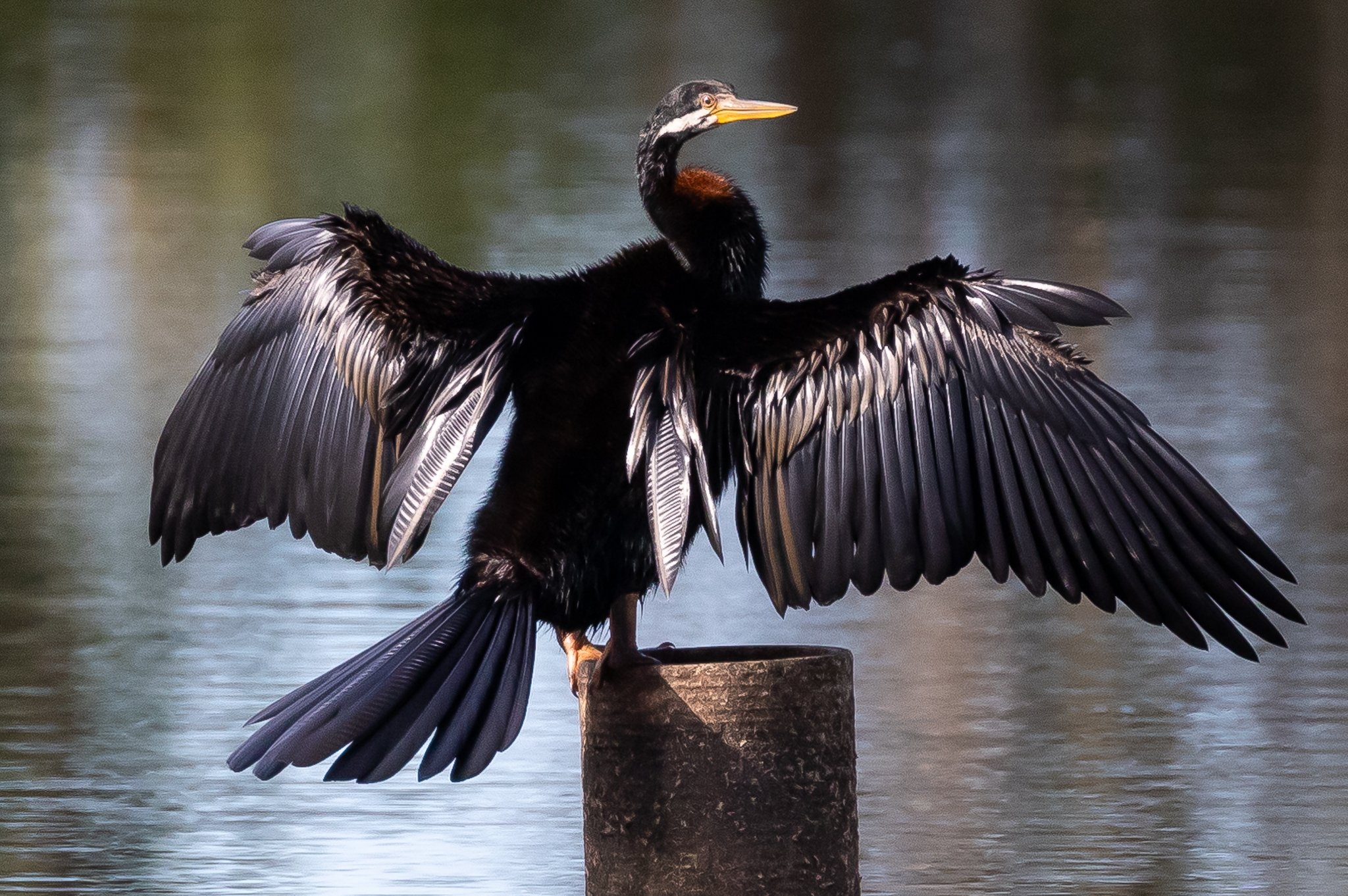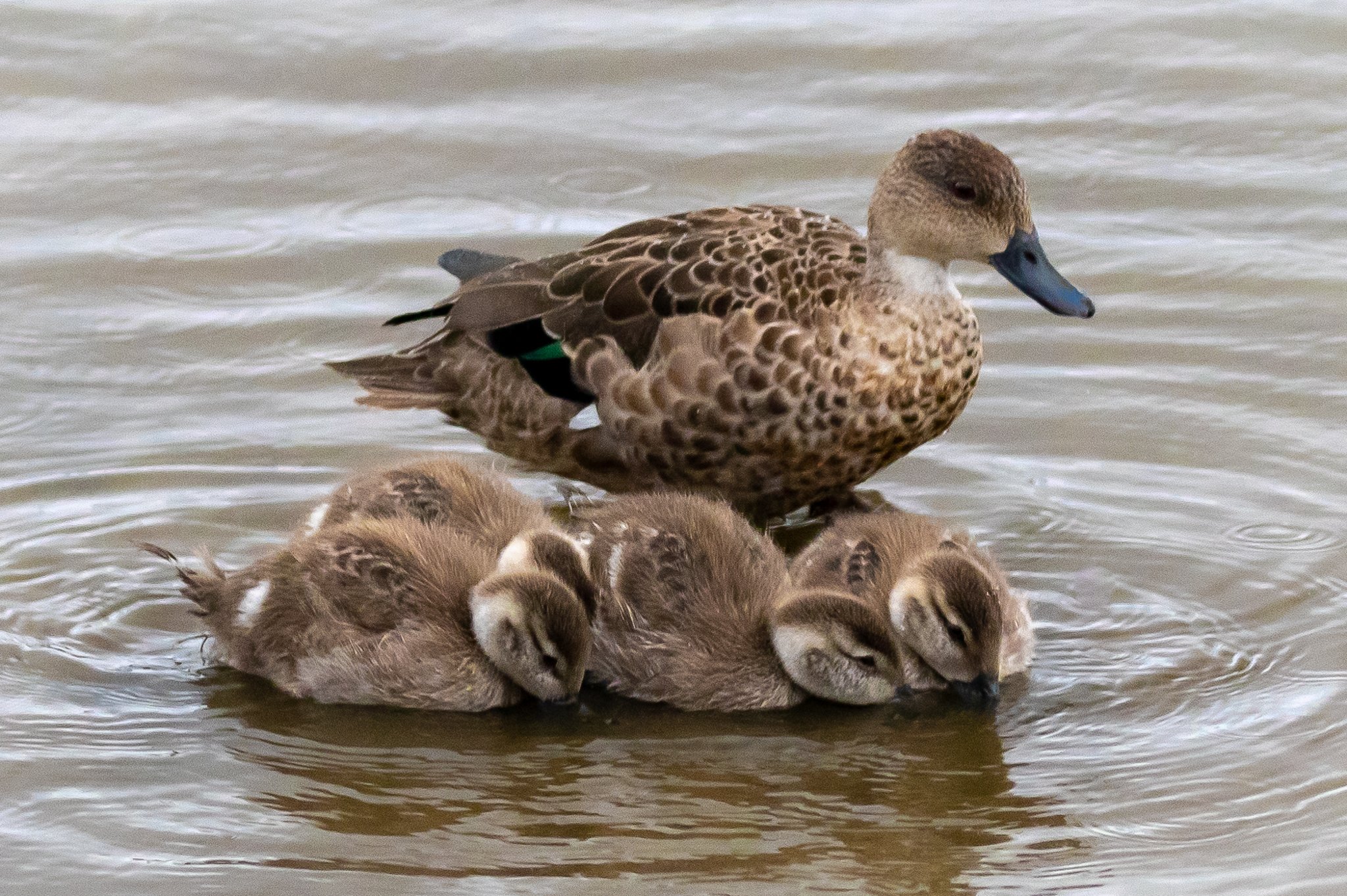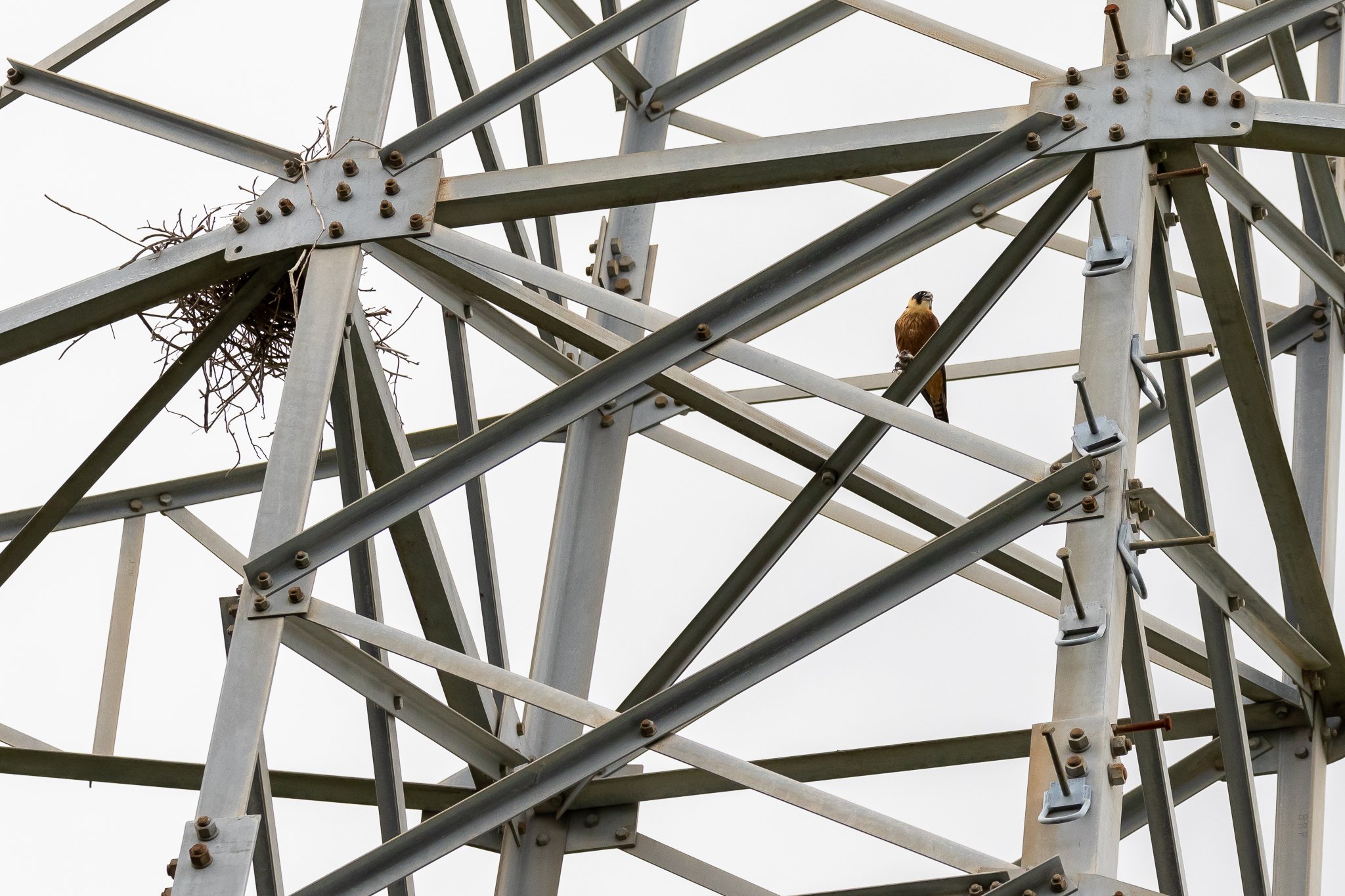As September comes to an end, numbers of migratory birds at Ballina in New South Wales Northern Rivers region are increasing. Groups of shorebirds can be found at many of the town’s numerous rocky shores, estuaries and river banks.
Ballina has to be a hot spot for this iconic and perilously endangered group of birds. It might be even more spectacular with more protection from people and dogs for the birds and the areas they feed in.
A group of around thirty shore birds was seen at Lake Chickiba in Ballina; a well known gathering spot. This Pacific Golden Plover was one of a dozen of these colourful birds.
One of a group of Curlew Sandpipers at Lake Chickiba. The third migratory species seen there were Sharp-Tailed Sandpipers. Also present was a Royal Spoonbill, a Little Egret, Australian White Ibis, and a Mangrove Gerygone was calling.
At Flat Rock, Ballina the numbers of all species had increased, with 20 or so Red-necked Stints milling around.
There were more Ruddy Turnstones at Flat Rock, Ballina.
Two Tattlers keeping company at Flat Rock, Ballina. Again, distinguishing between the Grey-tailed and Wandering Tattler is difficult. The one on the right appears to be the rarer Wandering Tattler while the jury is still out for the bird on the left.
Hidden amongst 200 plus Crested Terns was this Common Tern (highlighted), the first of this species I had seen. The first Common Terns from northern Asia arrive in Ballina in September, with numbers swelling to a peak in December/January.
The Common Tern, visitor from the northern hemisphere, arrives in Ballina.











